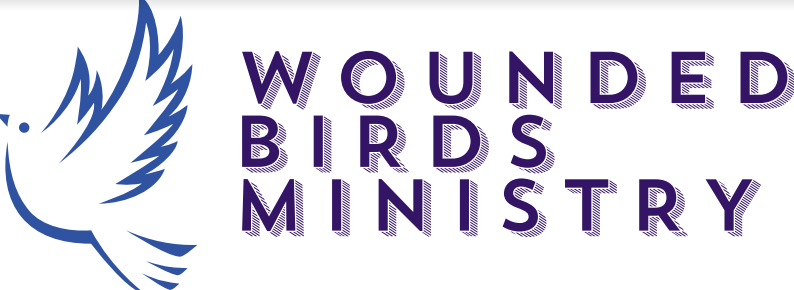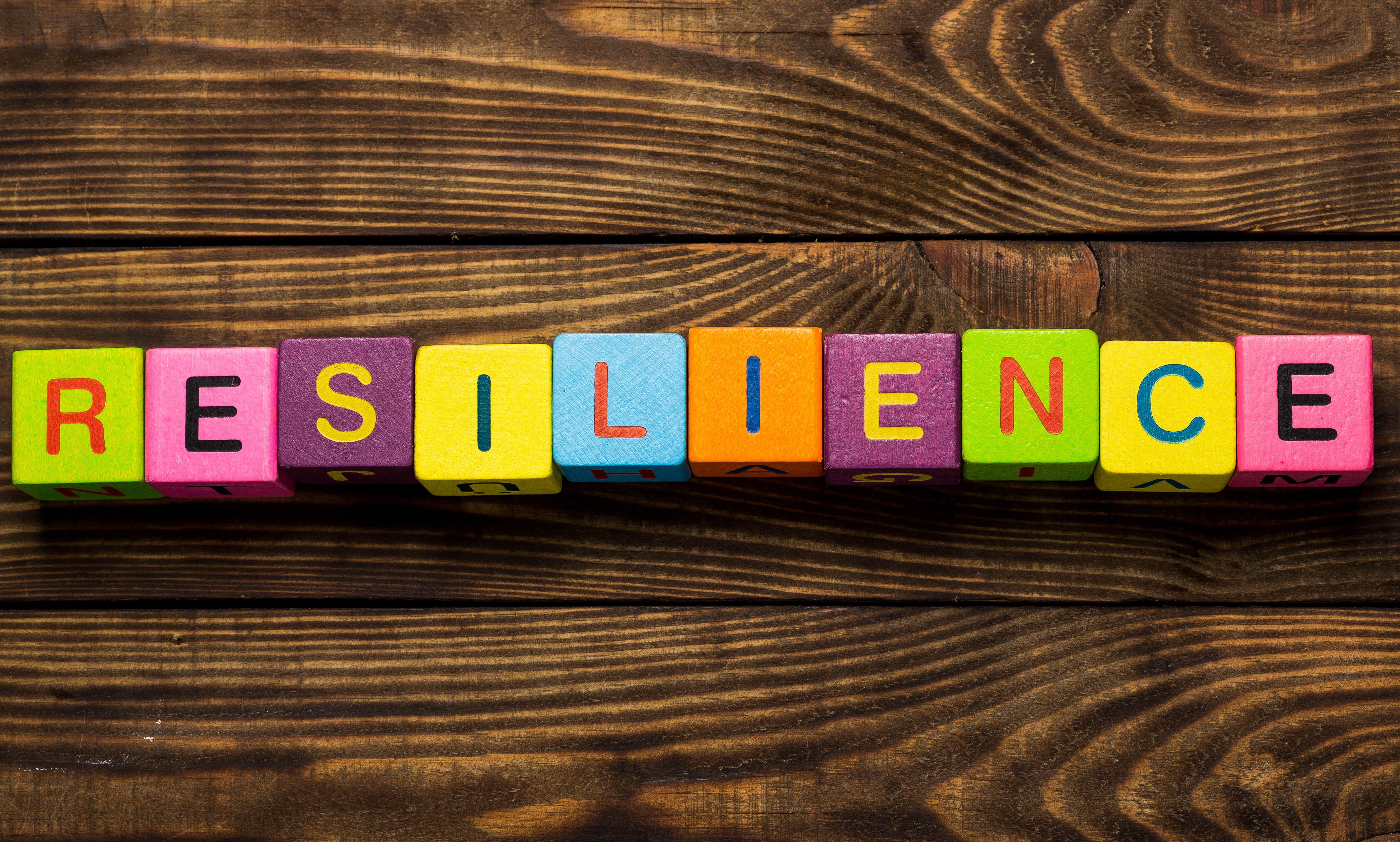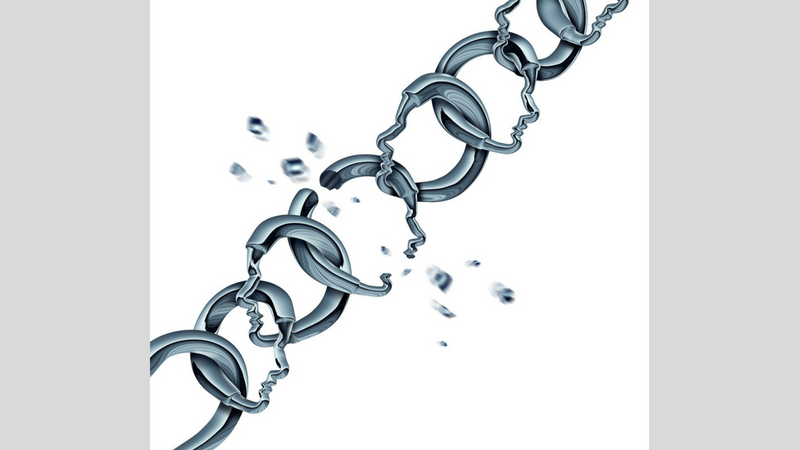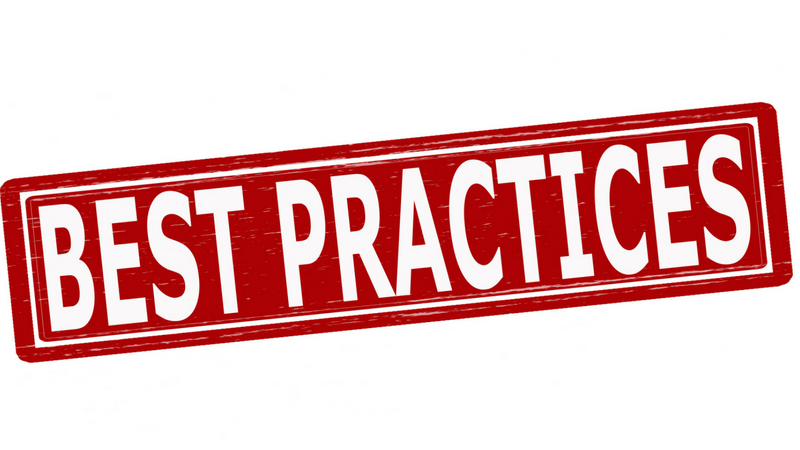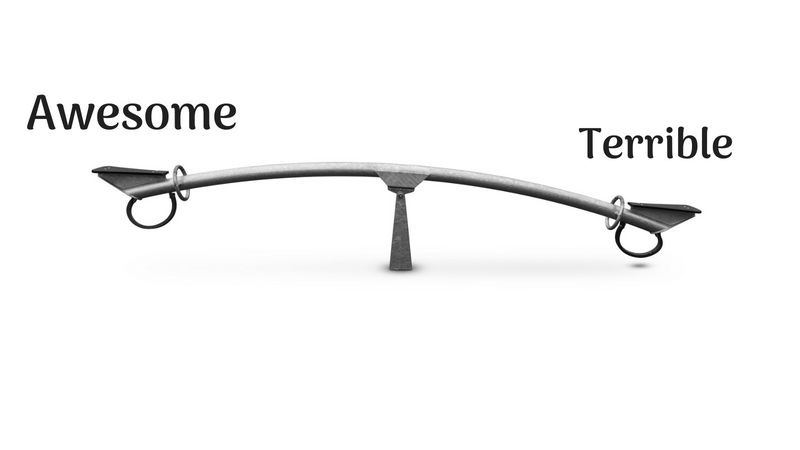Resilience Is the Goal of Mental Health
When we talk about getting better, we often define our goal as achieving mental health. But what is mental health? What does it mean to be mentally healthy? How do we know if we’ve achieved this magical goal, the goal for which we hold out so much hope? Resilience is the answer.
At its core, achieving mental health isn’t about being permanently healthy. It’s about resilience. Life will continue to throw storms and tough situations our way; happily ever after only exists in fairy tales.
However, not every storm needs to throw us back into the depths of our disorder; we don’t have to default into a depression when something goes wrong.
In fact, this is the point of all the skills we learn in our therapy, support groups, and classes: to develop the muscles we need to help us weather these storms more easily and recover faster from them. To build resilience.
Definition of Resilience
Dictionary.com defines resilience as:
- The power or ability to return to the original form, position, etc. after being bent, compressed, or stretched; elasticity
- Ability to recover readily from illness, depression, adversity, or the like; buoyancy
What I find fascinating about these definitions is the core assumption: we will go through experiences that bend or compress us, that we will face adversity. Their assumption is that we will not–and cannot–avoid these experiences. As such, the definition of resilience isn’t our ability to avoid these situations but rather to recover from them.
“The power or ability to return to the original form…” Do you remember your original form? What you were like before your depression hit or the anxiety set in? Before the psychosis or the schizophrenia set in? Before any trauma hit your life? When you learned to walk, did you giggle every time you landed on your diaper? How many times did you get back on your bike after you fell as a kid?
Every time you got back up, you demonstrated resilience. You may have sported a new scrape or bruise, but you returned to your natural state.
I will be candid here and share that I never expected to return to the carefree attitude I enjoyed as a teen. People could disappoint me and I would brush it off.
Every day held a new excitement for me and I approached life with zest. Those who knew me then saw the joy with which I lived my life. Over time, I lost this joy, surrendered to bipolar disorder, trauma and betrayal.
When I started my journey back, my hope and my goal were simply to limit the damage caused by the bipolar and to manage my cycles. I didn’t set a goal of achieving joy or loving life simply because it didn’t occur to me that it was an option. For me, my best case scenario was that I limited the damage I caused in my life.
It didn’t happen overnight. In fact, it was nearly two years of hard, intense, and challenging emotional work. It was two years of faithfully attending every class, every support group, and keeping every therapy appointment.
It required taking my meds diligently and practicing self-care in all its forms. It meant questioning the stories I’d told myself for years, healing emotional wounds, and repairing damaged relationships.
I still remember the day I walked out of a therapy appointment feeling genuinely better, and then realizing two days later that I felt like my 16-year-old self again.
And then I got hit by a storm. I had a medical situation that came up quickly and demanded immediate attention, including surgery. I was convinced that I was in a worst-case scenario and started on the road to depression.
It was a highly triggering situation for me. “Oh man, here I go again,” I thought. “I never catch a break.” Two points got me through that season: first, that I knew I’d survived other situations and that I would likely survive this one, too; and two, I knew my signals well enough to know that I needed to act on some self-care plans that would minimize the depth of the depression and help me recover faster.
And it worked. It was the shortest depression I’ve ever experienced; in fact, I’m not even sure I would classify it as a full-blown depression since it only lasted a couple days and it wasn’t terribly intense (compared to prior depressions). That’s resilience.
How to Achieve Resilience
So how did I get to this magical place where I was able to manage a depression and return to a place of resilience? Skills. I started from a place of depression and I opted against medication when I first started getting help.
My self-care skills were minimal; while I showered daily and brushed my teeth, I wasn’t wearing makeup or taking good care of my hair. I didn’t make my bed and most meals arrived via a drive-thru window. My house was a hot mess and my clothes were often wrinkled. Mail went unopened, until my husband decided it needed to be addressed.
For me, then, getting started meant going to a four-week class on depression and how to recover from one. Then there was a four-week class on anxiety, and one on Cognitive Behavioral Therapy (CBT). While I wasn’t fixing anything outside of my mind, I was starting to feel some emotional relief.
I was also maniacal about keeping my therapy appointments, bending the rest of my life around them. In this way, I started to make the internal progress that allowed me to start addressing my external needs. As I continued to heal, I implemented more and more of the four pillars of self-care.
Taking my meds was a big part of the equation for me, but they alone were insufficient for me to get better. As I improved my grooming and relationship skills, I found that I was slowly finding it easier to handle little blips in my day. Whereas a missed chore might once have set me off, I started to notice that it didn’t affect me as strongly.
My experience is consistent with what research tells us. As we learn to care for ourselves – and not just our ability to physically care for ourselves, but also our ability to care for our relational, emotional, and spiritual selves – resiliency happens.
Factors that Impede Progress
Even with our skills and learning how to better care for ourselves, however, progress can be impeded by several factors. First of all, we don’t all have the same starting line. Each of us lives with a different disorder and some of have multiple diagnoses to contend with.
On top of this, any physical conditions put our starting line back even farther. It can be daunting and frustrating, especially when setbacks happen.
Our frustration can grow when we see others seeming to have more success than us or moving faster along their recovery journey. It can be hard to remember that appearances can be deceiving and we don’t always know exactly what starting line someone else had and where they really are on their recovery journey.
Need an example? Someone with bipolar disorder who is manic can look like they are doing phenomenally well, and the reality is that they are in the midst of a terrible cycle.
Another factor that can impede our road to resilience is our relationships. Particularly when we are doing the work and someone else is struggling to accept our new boundaries or is not getting the help they need, we face an additional challenge in maintaining our emotional health and remembering to use our skills.
During these experiences, it becomes even more critical that we continue to journal and attend our therapy sessions so we can continue our progress.
Next, other triggers, natural cycles, and external factors can interrupt our progress as well. These can be spontaneous, biological, or anything else that may have effect on us.
Learning our triggers and doing what we can to track our cycles and come up with methods and plans to manage them are critical to helping us get through these moments.
There is some good news in all this: each time we face a setback and make our way through it, no matter how well or how poorly, we set ourselves up for success on the next experience.
Each time we come through an experience, we enter from a new place of knowledge and we don’t have to learn to do everything from scratch. (We may have to start executing from scratch, but at least we don’t have to learn the skill and its importance first.)
With each bit of progress, we start from a new starting line. We move it up, closer and closer, with even small amounts of progress. Sometimes it moves by inches, other times by feet, yards, or even miles.
Each step is important and has a positive impact upon our well-being. Each step takes us that much closer to our goal of resiliency.
Final Thoughts
As we continue to work our treatment plan and take the steps necessary for healing, it is important to remember that the goal – resilience – isn’t about avoiding tough times, disappointment, or even heartbreak.
It’s about the ability to recover from those and still have a satisfying life. It may seem like an incredible goal and that I’m painting a pipe dream here. It may not seem realistic to you.
But the evidence shows that when we take the proper steps, when we stay in therapy, take our meds, and do what we need to do to properly care for ourselves, resilience is possible for us. For all of us.
If you’re not sure where to start, I encourage you to begin by making an appointment with your therapist and developing a plan.
If you need to, keep it simple for now. Maybe you just start by taking your meds consistently and keeping all your therapy appointments. Maybe you can be more ambitious, and start a daily journaling habit, or even more.
However you begin, make a commitment to yourself to see it through. I promise, it’s worth it.
What is your experience with resiliency? How are your skills helping you? I’d love to hear in the comments below!
Looking for daily inspiration and community? Join our warm and supportive Facebook group!
